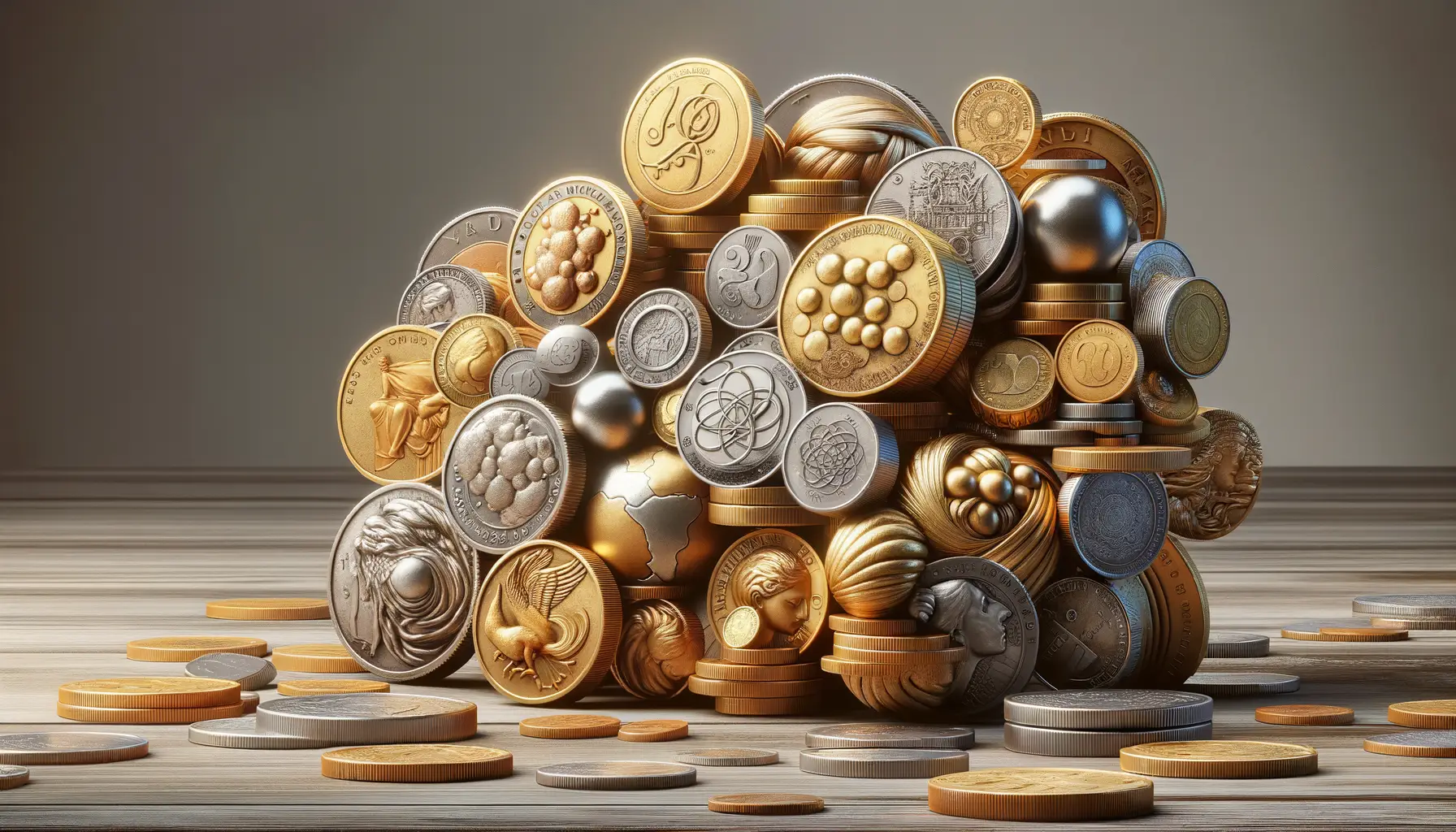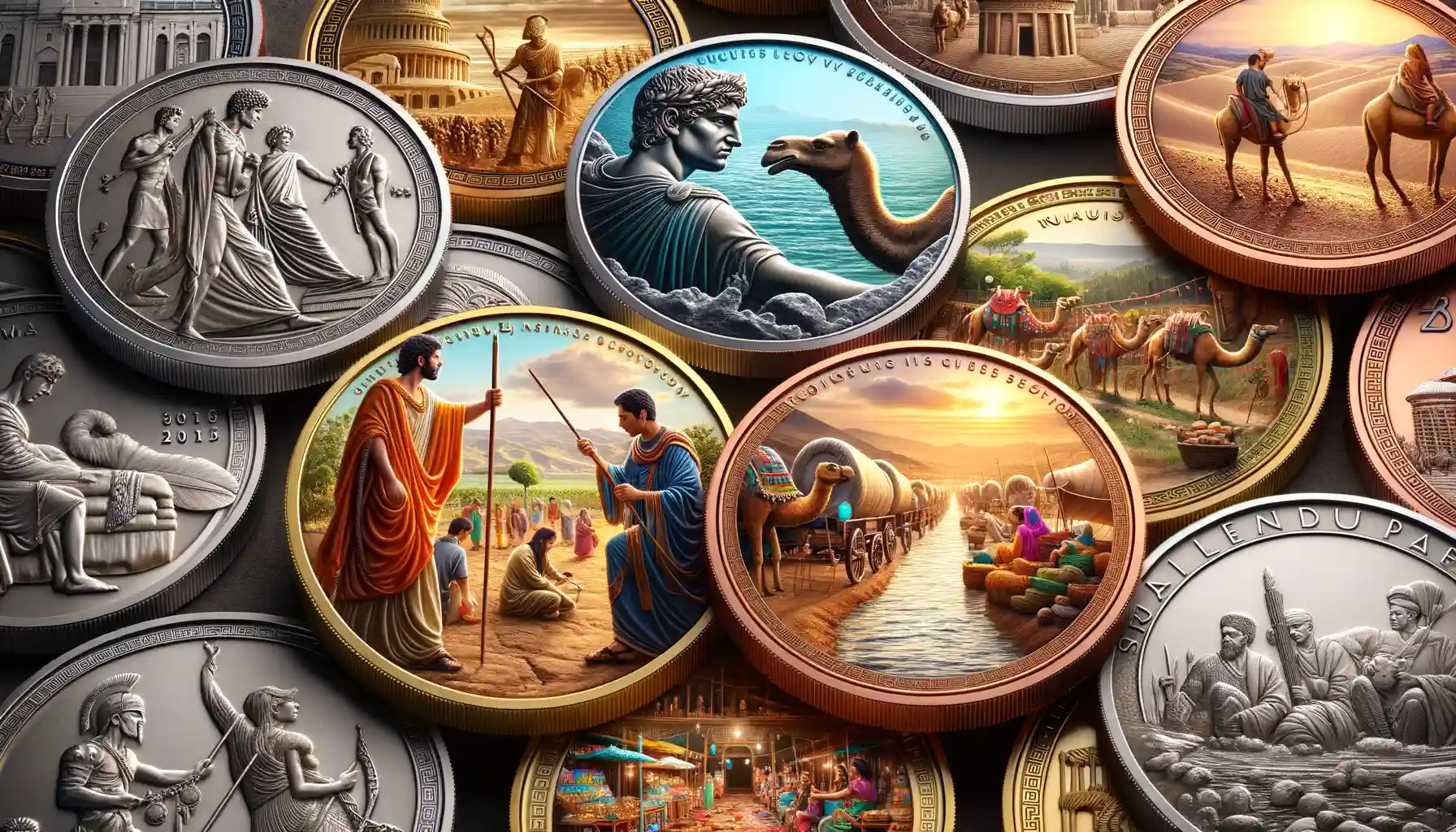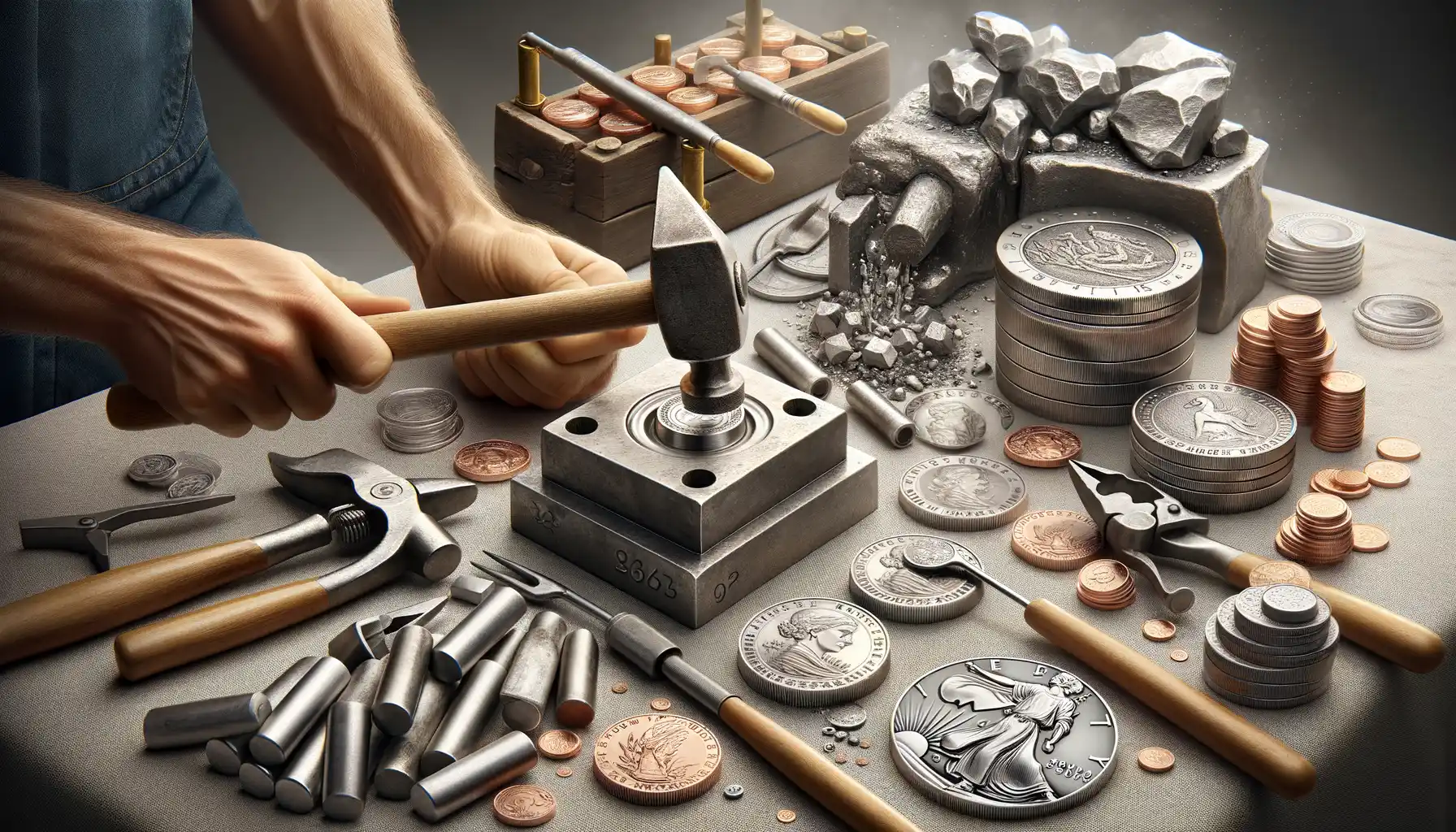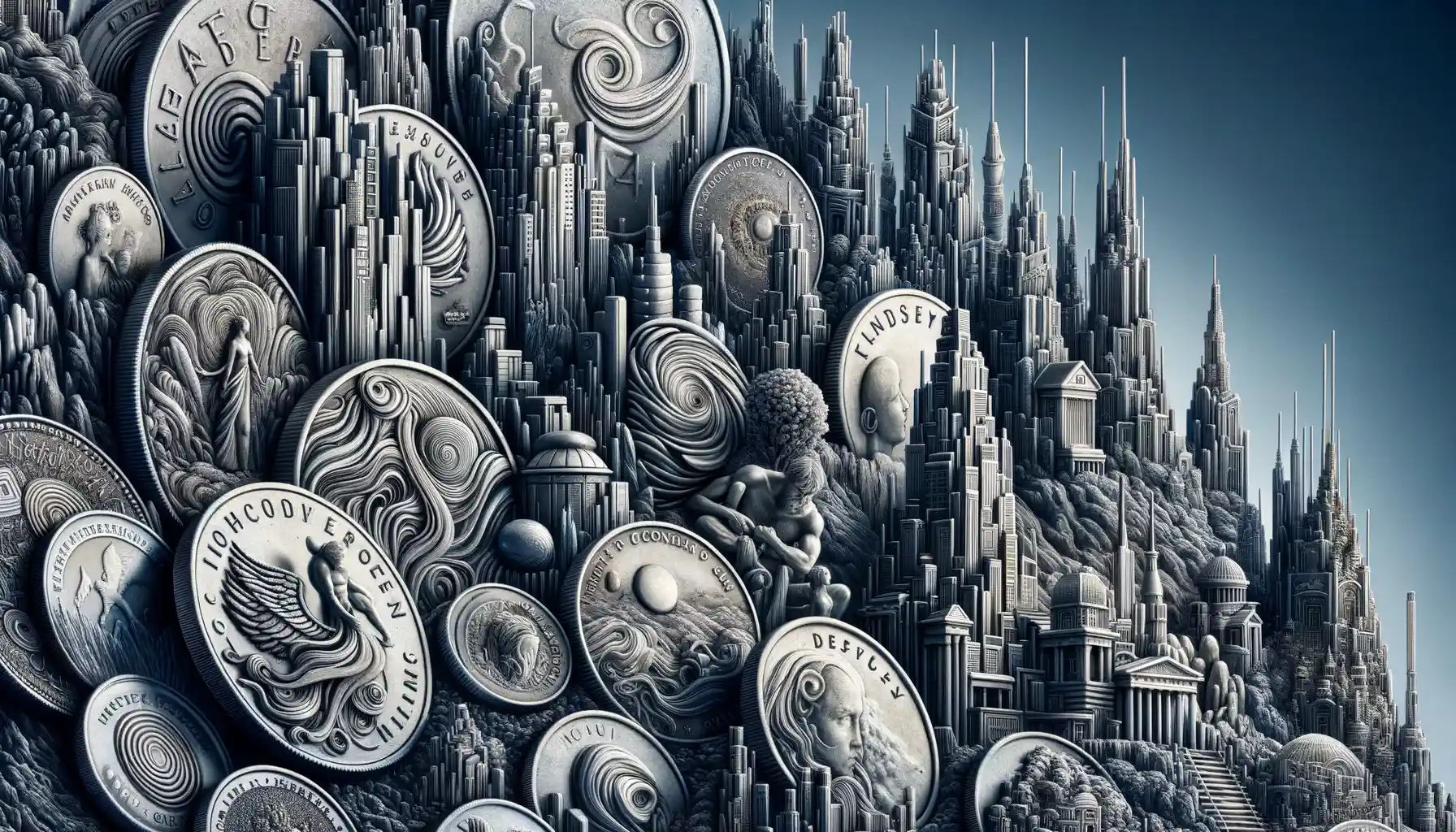Historical Significance of Coins in Art
Coins: Tiny Chronicles of Humanity
Imagine holding a coin from ancient Greece or Rome. That small, metallic circle isn’t just currency—it’s a time capsule, whispering stories of empires, rulers, and civilizations long gone. Coins have been more than simple trade tools; they’ve acted as miniature canvases, capturing the art trends and power dynamics of their eras.
Take the Roman denarius, for example. Its intricate depictions of emperors weren’t created on a whim. These images were deliberate statements, immortalizing leaders and their ideals in the hands of citizens. The artistry was exquisite, from Augustus’ iconic profile to Nero’s ambitious propaganda imagery. Over time, these designs became snapshots of societal evolution.
- Renaissance medals showcased flourishing techniques like perspective and realism.
- Medieval coins reflected religious influences with crosses and saints.
- Greek coins displayed divine beauty through gods like Athena and Zeus.
The Hidden Power of Symbolism
More than mere decoration, symbols on coins served to unify communities and reinforce authority. The olive branch on an ancient Greek coin, for instance, wasn’t just a pretty engraving—it symbolized peace and victory. These designs were charged with meaning, becoming conversation starters and reminders of shared heritage.
Through every scratch and tarnished edge, coins bring us face-to-face with history—one tactile, pocket-sized piece at a time. Doesn’t that make them feel almost magical?
Coins as a Medium for Sculptural Expression

Transforming Metal into Miniature Masterpieces
Coins are more than just currency—they are tiny canvases where art and sculpture converge. Think about it: how many objects fit in the palm of your hand yet hold centuries of creativity and craftsmanship? Coins, with their compact size and durable metal surfaces, challenge artists to distill complex ideas into a few millimeters.
Some coin designs feel like they could leap off the metal. Take, for instance, the intricate layers of a Roman denarius, where emperors’ faces bristle with life, every curl of hair painstakingly rendered. Or what about modern commemorative coins? They’re practically sculptures in miniature, blending relief, texture, and storytelling.
- Classic motifs like laurel wreaths and heraldic animals bring history alive.
- Symbols of national pride—eagles, flags, or historic figures—offer a sense of identity.
- Experimental designs even play with negative space and unconventional shapes.
With every strike of the die, artists breathe motion into stillness. Each curve, each raised edge on a coin’s surface whispers: “This is more than metal; this is a piece of art shaped by human imagination.”
Cultural Narratives Depicted on Coins

The Stories Coins Whisper Through Time
Imagine holding a coin from an ancient empire—its edges worn smooth by countless hands. That small disc isn’t just a piece of metal; it’s a portal to another world, a storyteller in your palm. Coins have always been more than currency. They are tiny canvases that preserve the essence of a civilization.
Take, for instance, the Roman denarius. On one side, you might find the stern profile of a ruler. But flip it over and suddenly, there’s a scene capturing a historic battle or a divine figure blessing the empire. These images aren’t chosen at random; they’re deliberate messages of power, faith, and societal values.
- An Athenian owl on a tetradrachm symbolizing wisdom.
- Aztec coins etched with fierce depictions of Quetzalcoatl.
- Victorian-era shillings featuring intricate floral motifs representing unity.
Doesn’t it feel as though these coins are alive? They whisper tales of triumph, devotion, and pride, connecting us across centuries. Each line, curve, or symbol was placed not just as art but as an act of cultural expression—a language without words, preserved forever in metal.
Unlocking Identity Through Coin Imagery
Every coin is a mirror of its society. Imagine medieval European coins, where monarchs were often depicted wearing regal crowns and clutching swords. These weren’t mere embellishments—they were deliberate statements. “This is who I am. This is my power.” Coins offered rulers a way to assert their identity to everyone who held their money, from lowly merchants to foreign traders.
And then there are coins celebrating the collective spirit of a nation. During the early Soviet era, symbolic images of hammers and sickles dominated coins, representing the working class and industrial strength. Contrast that with the imperial Chinese cash coins, where dragons spiraled around the edges, embodying majesty and divine protection.
Through these coins, we glimpse not just history but the values and aspirations of a people. Isn’t it remarkable that such a small object can carry the weight of an entire culture’s essence? It’s as if coins don’t just reflect art—they reflect us.
Techniques and Materials Used in Coin Art

From Precision to Passion: Crafting Art with Coins
Creating coin-based art is nothing short of alchemy. Artists take something so small and utilitarian and transform it into a symphony of textures, shapes, and emotions. The process starts with selecting the perfect material—every choice matters. Coins come in various metals: the warm glow of copper, the cool elegance of silver, or even the rare grandeur of gold. Each one holds a different energy, a different story to tell.
Equally important are the tools and techniques. Engraving is a classic, blending meticulous handwork with modern-day precision tools. But don’t be fooled; it’s not just about carving. Artists also melt, twist, and even weld coins into entirely new forms. Some sand and polish to an almost mirror-like perfection, while others embrace imperfections, allowing the wear of time to shine as part of the piece’s soul.
- High-relief carving: Sculptors etch designs that rise boldly above the coin’s surface.
- Metal reshaping: Coins are folded, hammered, or cut to create intricate jewelry or standalone sculptures.
Honestly, if these coins could speak through the hands that transform them, they’d tell stories of fire, patience, and endless creativity.
Modern Interpretations and Innovations in Coin Sculptures

The Cutting Edge of Coin Sculpture Art
In today’s art world, coin sculptures have broken free from their historical roots and stepped into a realm full of bold creativity and jaw-dropping innovations. Artists are no longer bound by traditional designs or conventions—they’re reinventing what coins can be, slicing through the past like a hot knife through butter.
Instead of simple figures stamped on metal, think of intricate 3D forms that leap off their tiny canvases. Modern sculptors are using advanced techniques like laser engraving, micro-sculpting, and even 3D printing to push boundaries. Ever seen a coin split open like a blooming flower? It’s happening. How about a carved coin that folds into an origami-like crane? Yes, that too.
- Some artists recycle old coins, transforming them into wearable sculpture pieces—necklaces, rings, and even surreal mini sculptures.
- Others experiment with alternative materials, such as wood, resin, or even futuristic alloys, redefining what a “coin” looks like altogether.
Personal Stories Forged in Metal
Let’s not forget the emotional power embedded in these works. Artists like Shawn McCreesh and Stacey Lee Webber create coin sculptures intended to tell deeply personal or cultural stories. One example? Coins reimagined as tools to honor working-class heroes, their surfaces carved to resemble worn hammers and wrenches. These creations feel less like currency and more like tangible moments frozen in time.
Modern coin sculptures invite us to question value—not just monetary, but emotional and artistic. They ask: What’s the true worth of something small, often overlooked? The answer might surprise you.